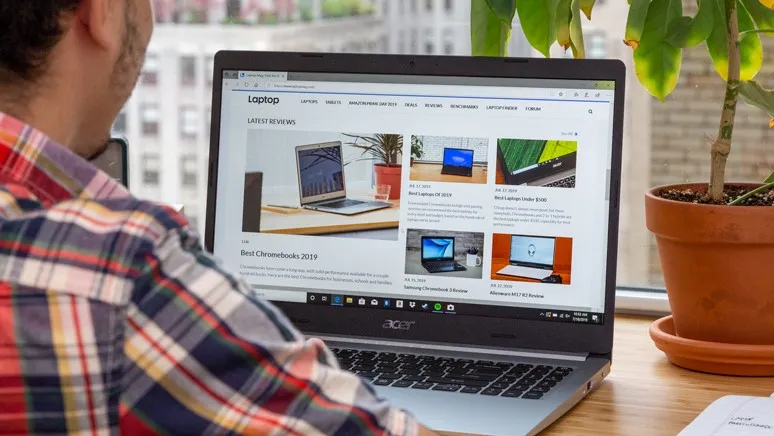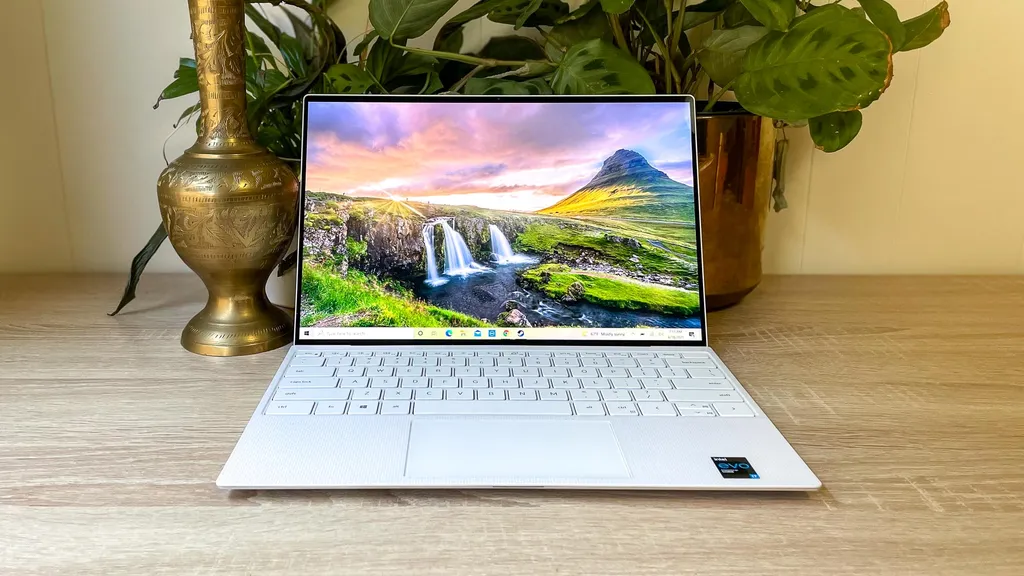laptop to laptop data transfer
If you're looking for a way to transfer data from one laptop to another, this article is going to be perfect for you. After reading this article, you'll be able to use the following methods and know what they are good for:
- Networking - Wireless - Cloud storage - External hard drive
# E) Thesis Statements:
# F) Paragraphs
Thesis Statement Example: "In order to make learning English easier we need a teacher that can speak slower."
Image source: https://www.laptopmag.com/
Paragraph Example: "Many people who want to learn English are discouraged by the fast speaking pace of their teacher. These students end up giving up on the language because it's too difficult. It's important to remember that the faster your teacher speaks the more native speakers you will be able to make out." If you want to transfer data from one laptop to the other, then you may want to use a USB drive or online service. Below is an overview of two methods that may be suitable for your purposes: Here's what you'll need before you start:
But let's say that you're still thinking of going it alone. There are two ways to transfer your data and here they are:
- USB 3.0 hard drive external enclosure - This probably won't be possible without the original SSD or HDD being removed, but if all else fails this is a good option. It has the added benefit of being able to store extra files on it too!
- External Hard Drive - Purchase this or borrow one from a friend so that when you switch, you can keep all your data with you.
1. Use a USB Drive
Image source: https://www.tomsguide.com/
On the source computer, copy all data and folders that need to be transferred and save them on a removable hard drive like a thumb drive (USB). On the destination computer, plug in the USB with saved files onto an empty port and follow instructions on screen. The files will now be transferred automatically so make sure you download the right drivers if it is not recognized by your system. Once complete, remove and then delete those folders by dragging them into Recycle Bin or Trash.
2. FTP (File Transfer Protocol) use online service
FTP Service is the easiest way to transfer data while preventing accidental deletions or overwriting. You need a hosting account that supports FTP, such as FILEZINE.com, Shoosh!, DropBox, and a resourceful online file manager like Files Manage Online or CloudBerry Explorer for Mac OS X. Backup files for recovery, and then copy the data into your hosting account on your computer/laptop. After that, you can download the source files to your computer hard drive individually by simply clicking on them.
However, only use these options if you have a limited amount of data to transfer because they take more time than the USB method. Otherwise, this feature is ideal for transferring large amounts of data because it can be set at a slower speed than those other methods.


Comments
Post a Comment